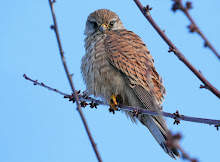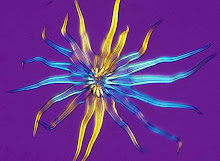




There’s an interesting collection of poisonous plants growing in the sand dune system at Warkworth in Northumberland. Of these the most notorious must surely be hemlock Conium maculatum (bottom photograph), which produced the poison that the Greek philosopher Socrates used to commit suicide when he was condemned to death for impiety in 399 BC. The dull red blotches on the stems (second photograph) and a mousey smell are key identification features for this lethal plant, whose main toxic compound is the alkaloid coniine, which is also present in several other poisonous members of the carrot family. The middle photographs are of male (lower) and female (upper) plants of white bryony Bryonia dioica, a deadly poisonous member of the cucumber family that was once cultivated as a medicinal herb. In this species the female plants are particularly conspicuous in autumn, thanks to a crop of glossy scarlet berries that look good enough to eat – which would be a fatal mistake. The top photograph shows the poisonous caterpillar of the cinnabar moth Tyria jacobea, which accumulates toxins from the poisonous ragwort Senecio jacobea that it feeds on. Those warning colours ensure that any bird that attempts to eat it and suffers its unpleasant taste will remember the experience and won’t make the same mistake twice.............except that I have a hunch that cuckoos might be immune. We’ve often seen cuckoos feeding on the ground in the dunes at Warkworth when the cinnabar moth caterpillar season is at its height, and I have a strong suspicion that this is the caterpillar that they’re after. If that is the case, then as far as cuckoos are concerned that orange and black colour scheme must serve as a conspicuous advertisement, rather than a deterrent...






















